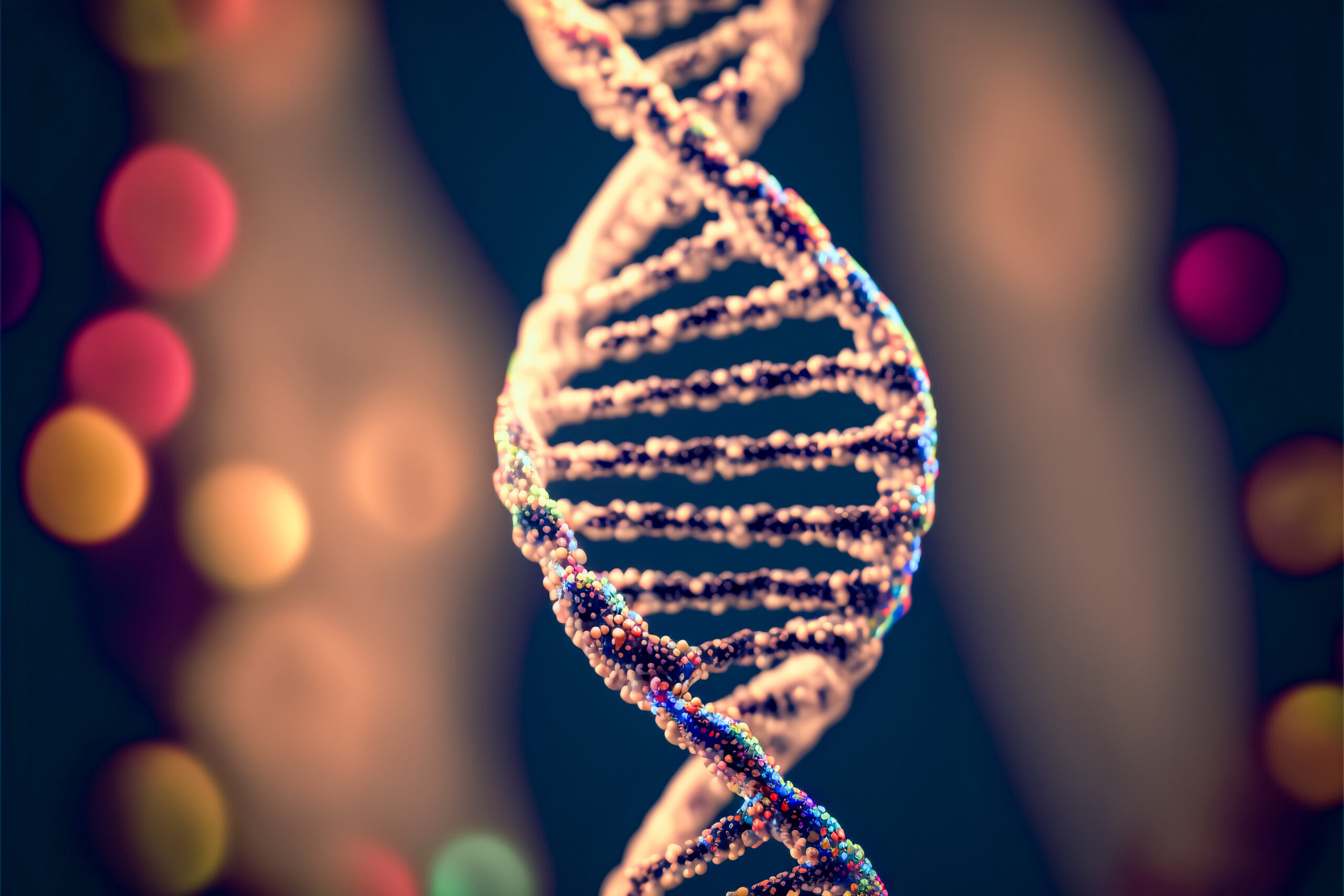What is immortality?
To live forever and avoid death are the predominant features associated with immortality. Some proposed solutions to death are to create a body that does not age and is resistant to disease, replace organs with technology, create a digital copy of one’s brain, and transcend physical limitations with technology. Nevertheless, these solutions are all linked with different interpretations of what immortality really is. However, there are traces of cells and particular organisms that have been observed to live forever, genetically achieving immortality.
In biology, immortality can be described as the absence of aging. If not aging, one can infinitely replace and build new cells, leading to a perpetual loop of life. With this definition, however, it is still possible to die if the cells are damaged to an extent beyond repair. For instance, if an organism was cut in half, or isolated from any resource (food, water) that keeps the body functioning.
However, if humans can be provided with the resources they need to maintain their bodily function, why do all humans eventually die? Why can’t we replace old cells with new cells? Why do our cells eventually stop dividing?
The roots of these questions are in the caps of chromosomes: telomeres.
Chromosomes and DNA
Every organ is made up of different cells that work together to perform specialized functions. Throughout the life span, cells divide and new cells replace old, dead cells. In each cell, genetic material (DNA) is copied and transmitted to the next generation of cells. Right before a cell divides, the DNA is compressed so that it is easier to copy. This structure of compressed DNA is called a chromosome.
The DNA in the chromosomes is a double stranded, helix-shaped ladder of a repeated sequence of nitrogen bases: adenine (A), thymine (T), guanine (G), and cytosine (C). In DNA, these bases pair together complementary, T with A, and G with C. For example, if one strand of DNA is ATTGCG, its complementary strand is TAACGC.


All cells have DNA, and the particular sequence is determined inherently based on the parent or parents’ traits. However, the exact amount of nitrogen base pairs of DNA in the chromosome varies within each cell. In other words, some cells may have slightly more or less total base pairs. This is because of the structures on the very ends of chromosomes called telomeres.
The function of a telomere is to protect the DNA and prevent the degradation of the chromosome. In essence, a telomere is extra DNA. It is a repeating sequence of TTAGGG (and its complementary strand) that aids in the DNA replication process by providing access to an extended supply of nitrogen bases to repair and complete DNA.

Immortality
If immortality is the absence of aging, immortality, in an organism would mean having an endless supply of telomeres. In fact, this can be possible. While storing an infinite supply of telomeres inside the cell is improbable due to the confined volume of a cell, some cells have an enzyme (a protein that performs a particular function) that repairs, synthesizes, and extends telomeres, and has the capacity to alter the cell cycle. It is called telomerase. In extension, the Faculty of Chemistry at Lomonosov Moscow State University, Russia provides more detail on telomerase research in a review: “Telomerase: structure, functions, and activity regulation.” In accord, telomerase is a pronounced feature of gametes (sperm and egg cells), stem and embryonic cells (developing cells during the early stages of embryonic development), and tumor cells.
Perhaps the most prominent example of cell immortality is the ethically debated cell culture of HeLa cells. A cell culture is a group of cells grown from a multicelled organism outside the body with precisely controlled variables such as humidity, temperature, and nutrition. HeLa cells come from the tumor of the patient Henrietta Lacks, who died of the collateralized effects from the carcinoma of her cervix (a carcinoma is a type of cancer that starts in the epithelial tissue or the lining of the organs). George Gey was among the first tissue culturists to grow Henrietta’s cells, only they were different. At this time in the 1950s, many of the cells he tried to culture died after a few days; however, HeLa cells never stopped growing. Now research shows the trace signatures of telomerase in HeLa cells. Milena Ivanković and colleagues at the Ruder Bosković Institute published a paper about telamorase activity in HeLa cells in the Journal Biogerontology, depicting the important role telomerase expression holds in proliferating HeLa cells. As a result, though Henrietta died at age 31 in 1951, her cell cultures around the world remain to flourish over 70 years after her death.
It is true that cells like these, containing telomerase, follow an uncontrollable growing pattern, which is a great danger to simply infusing all humans with telomerase enzymes to achieve immortality. Nevertheless, there appears to be an immortal organism that contains telomerase without haphazardly fluctuant cell growth. Turritopsis dohrnii is a species of jellyfish that can revert to previous phases in the cell cycle. Because this jellyfish can transform back into an infant-like state indefinitely, it bypasses aging and does not have a designated life span.
Though the idea is controversial, having biologically immortal cells and organisms is indeed possible through telomerase. However, there are extensive dangers associated with cells that have telomerase because most become malignant and grow uncontrollably. Consequently, more research is to be concluded, and immortality if achieved, may not actually be a good thing. Nevertheless, research on telomerase can be instrumental to cancer treatment and restoring endangered species. Furthermore, gene therapy and chromosomal defects may benefit from the use of available nucleotides presented by the telomerase. Likewise, embryological studies can further advance in identifying the functioning of telomerase in early-developing organisms.
More Information:
DNA, chromosomes, telomeres:
https://learn.genetics.utah.edu/content/basics/telomeres
Telomeres:
https://pubmed.ncbi.nlm.nih.gov/28682291/
https://pubmed.ncbi.nlm.nih.gov/18391173/
https://www.ncbi.nlm.nih.gov/pmc/articles/PMC6356320/
Carcinoma:
https://my.clevelandclinic.org/health/diseases/23180-carcinoma
Telomerase in embryos:
https://embryo.asu.edu/pages/telomerase-human-development
https://my.clevelandclinic.org/health/diseases/23180-carcinoma
Telomerase function:
https://pubmed.ncbi.nlm.nih.gov/21417995/#affiliation-1
HeLa:
https://pubmed.ncbi.nlm.nih.gov/16955216/
https://www.hopkinsmedicine.org/henriettalacks/immortal-life-of-henrietta-lacks.html














